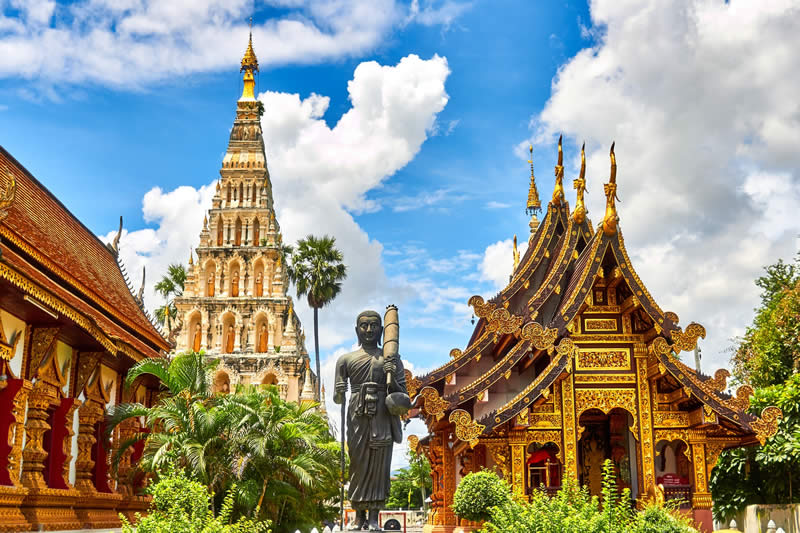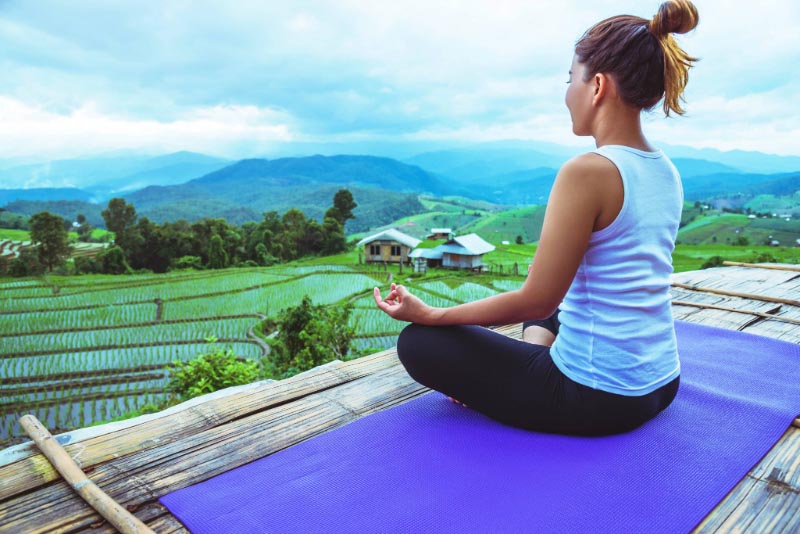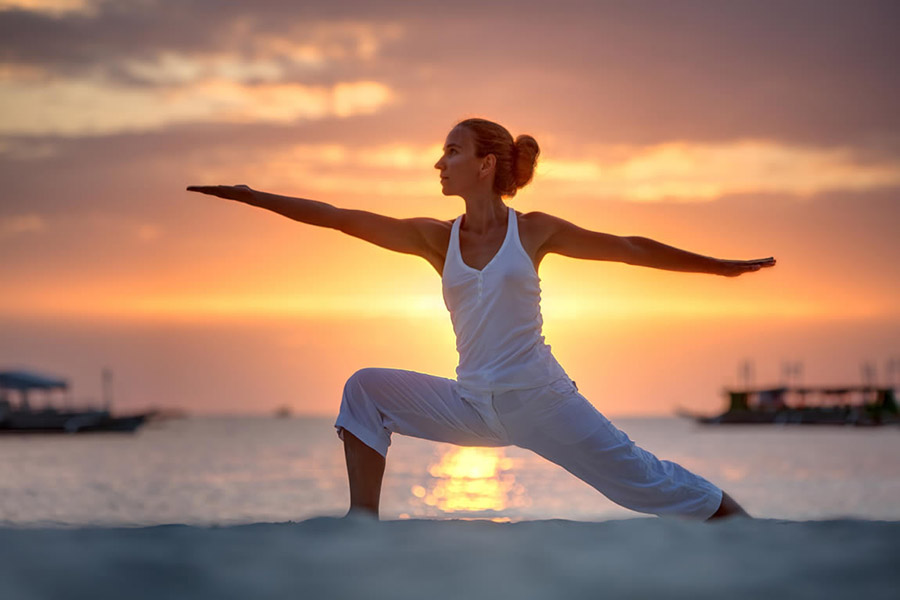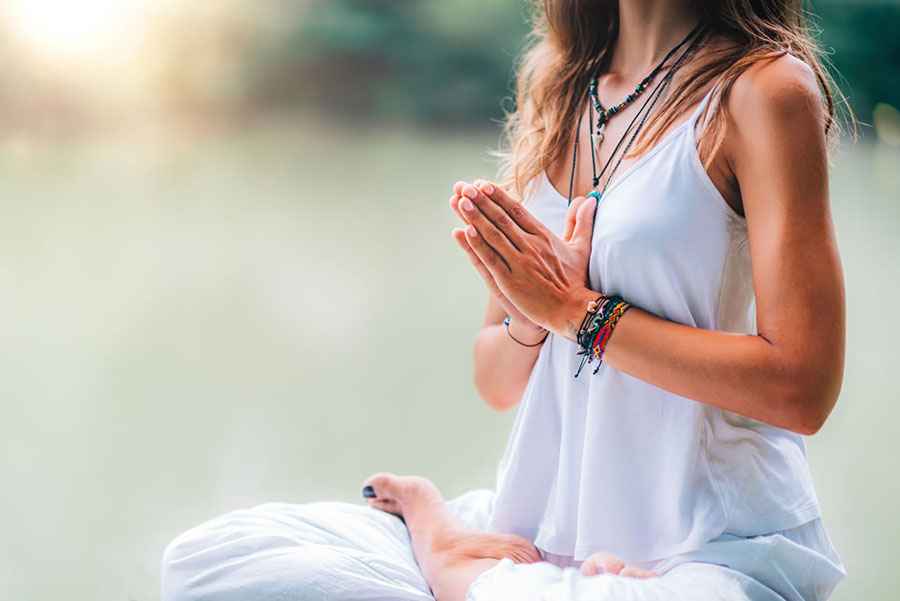Different Types of Yoga and Their Benefits: A Comprehensive Guide
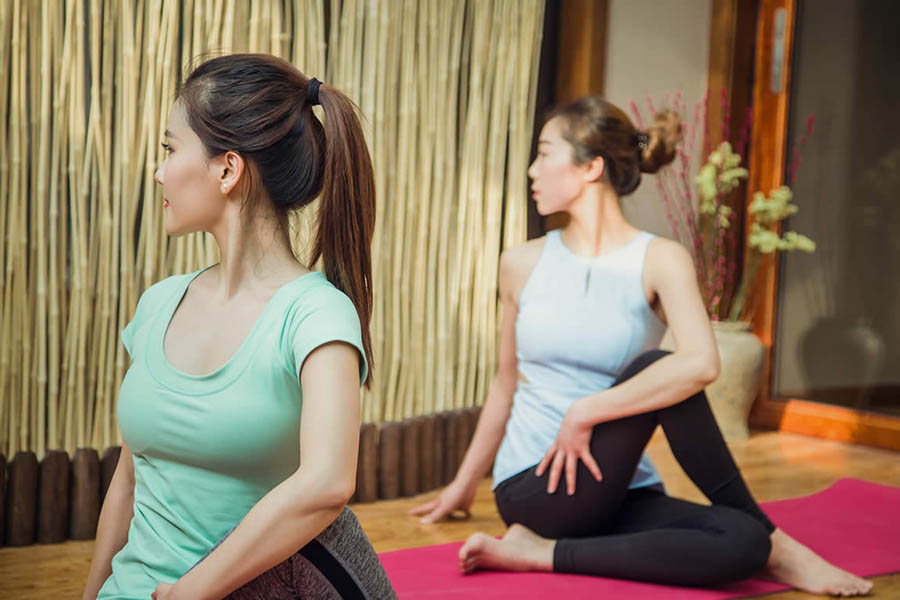
Yoga, an ancient practice that originated in India, has gained immense popularity worldwide due to its numerous physical and mental health benefits. Different styles of yoga cater to various fitness levels, personal preferences, and wellness goals. Ranging from gentle stretches to intense workouts, yoga provides a holistic approach to well-being, addressing the mind, body, and spirit.
Some of the most common types of yoga include Hatha, Vinyasa, and Ashtanga. Each of these styles offers unique benefits, such as improved flexibility, increased strength, stress reduction, and heightened focus. By understanding the various types of yoga and their respective benefits, individuals can select the practice that best aligns with their wellness goals and personal interests.
- Understanding Yoga
- Types of Yoga
- Yoga Benefits
- Yoga Precautions and Safety
- Selecting the Right Yoga Style for You
- Finding Your Flow: Choosing the Right Yoga Style for Holistic Wellness
Understanding Yoga
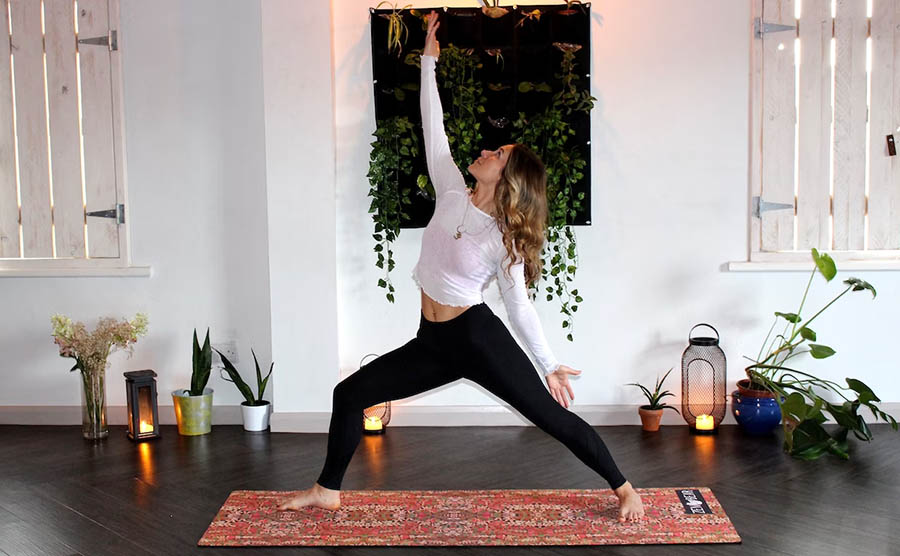
Physical Practice
Yoga is a physical practice that involves various postures and movements to help improve balance, strength, and flexibility. The postures often require the practitioner to hold the position for a specific length of time, which encourages muscle endurance and stability. Some common postures include downward-facing dog, warrior I and II, and triangle pose. These positions encourage a balance of strength and flexibility across a range of muscle groups.
In addition to posture-based physical exercises, yoga often incorporates breathing techniques, known as pranayama, to help regulate the body's processes and support overall health. This focus on proper breathing increases oxygen levels, lowers blood pressure, and can alleviate feelings of stress or anxiety.
Spiritual Practice
Yoga has strong roots in Eastern spiritual traditions. The practice aims to unite the body, mind, and spirit through physical postures, breathing exercises, and meditation. Although yoga is not inherently religious, its underlying philosophies are often influenced by Hindu and Buddhist teachings. Many practitioners incorporate elements of spirituality into their practice, including ritual and intention-setting, to enhance the overall experience and deepen their connection to themselves and the world.
Meditation is an essential aspect of yoga and is often practiced alongside the physical postures. It helps cultivate mindfulness, self-awareness, and inner peace, and is particularly useful in promoting emotional balance and mental well-being.
Mental Well-being
Yoga is more than just a physical practice; it is a holistic approach to maintaining overall mental health. The integration of postures, breathing, and meditation promotes mental clarity and emotional balance. Regular yoga practice has been shown to alleviate anxiety symptoms, boost mood, and improve cognitive function.
By fostering mental well-being, yoga also encourages a positive outlook and helps practitioners navigate everyday stress and challenges with increased resilience and equanimity. This multifaceted practice can be a powerful tool for personal growth and self-discovery, helping individuals to cultivate a deep sense of inner peace and harmony.
Types of Yoga
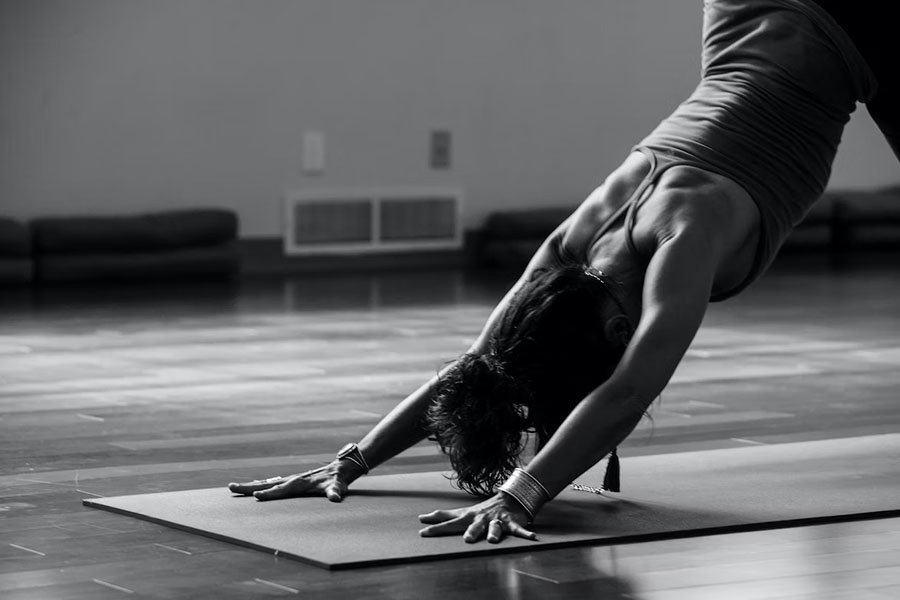
Hatha Yoga
Hatha Yoga is a classic approach to yoga that incorporates breathing exercises and physical postures. It is a popular entry point for beginners as it is usually paced slower than other styles. Practicing Hatha Yoga can improve overall well-being, help with relaxation, and increase joint flexibility.
Ashtanga Yoga
Ashtanga Yoga is a dynamic and athletic style that involves synchronizing breath with a series of postures. This style of yoga is great for building stamina and strength while also providing a physical and spiritual connection. Sun salutations play a significant role in Ashtanga Yoga, promoting energy levels and overall wellbeing.
Iyengar Yoga
Iyengar Yoga, founded by B.K.S. Iyengar, focuses on precision and alignment in physical poses. Props such as blocks and belts are commonly used to help students achieve the correct alignment. Practicing Iyengar Yoga can improve posture, promote relaxation, and alleviate chronic pain.
Vinyasa Yoga
Vinyasa Yoga is characterized by a fluid and continuous sequence of postures linked with breath. The varying intensity of this practice can cater to different levels of fitness and experience. Practicing Vinyasa Yoga can boost energy levels, detoxify organs, and enhance quality of life.
Bikram Yoga
Bikram Yoga, founded by Bikram Choudhury, consists of 26 postures and two breathing exercises performed in a heated room. The heat is believed to improve flexibility and detoxification. Practicing Bikram Yoga can help relieve depression and promote overall health.
Hot Yoga
Hot Yoga is similar to Bikram Yoga but may incorporate different postures and sequences. Classes are held in a heated room, typically between 95 and 100 degrees. The heat can improve flexibility and promote a meditative state, enhancing overall well-being.
Restorative Yoga
Restorative Yoga is a gentle, slow-paced practice that uses props such as bolsters and blankets to support the body in various poses. The goal is to promote relaxation and stress relief. Practicing Restorative Yoga can alleviate chronic pain and improve quality of life.
Yin Yoga
Yin Yoga targets the connective tissue and fascia with passive, long-held postures. This practice promotes joint mobility and overall flexibility. Practicing Yin Yoga can release tension in connective tissues and improve overall well-being.
Power Yoga
Power Yoga is an intense, fitness-based practice derived from Ashtanga Yoga. It focuses on strength, flexibility, and stamina. Practicing Power Yoga can increase energy levels, improve overall fitness, and boost athletic performance.
Prenatal Yoga
Prenatal Yoga is specifically designed for expectant mothers. It aims to improve flexibility, strength, and relaxation while preparing for childbirth. Practicing Prenatal Yoga can positively impact both physical and mental health during pregnancy.
Kundalini Yoga
Kundalini Yoga emphasizes the balance between movement, breath, and meditation. It often includes mantra chanting to elevate consciousness and promote spiritual growth. Practicing Kundalini Yoga can awaken dormant energy and enhance overall well-being.
Jivamukti Yoga
Jivamukti Yoga integrates physical, ethical, and spiritual components in a challenging practice. It aims to create a deeper connection with oneself and the world. Practicing Jivamukti Yoga can promote self-awareness, compassion, and inner peace.
Aerial Yoga
Aerial Yoga combines traditional yoga with the use of a suspended hammock or silk. This practice can improve flexibility, strength, and balance. Practicing Aerial Yoga can challenge the body in new ways and offer a unique perspective on traditional yoga styles.
Yoga Benefits
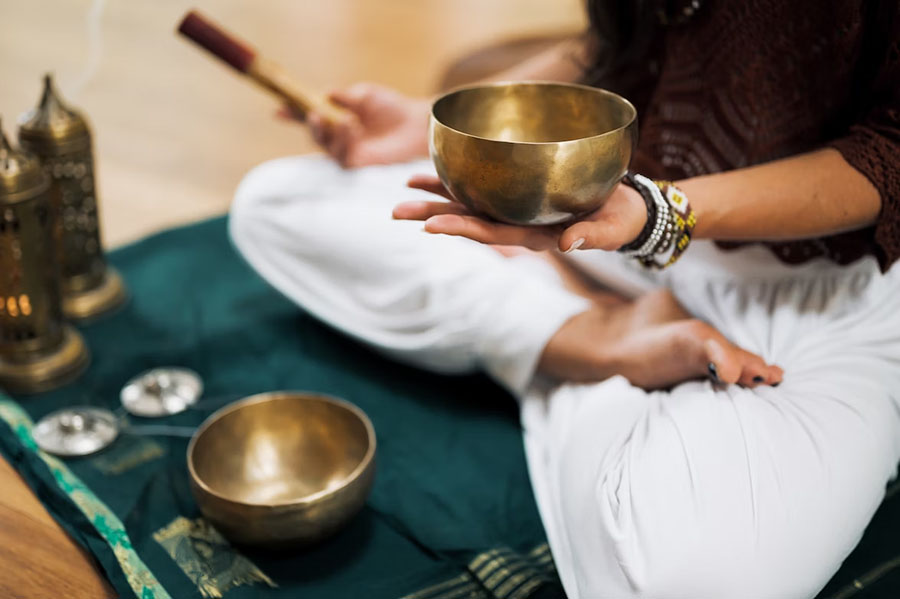
Physical Health Benefits?
Yoga provides numerous physical health benefits, which include improving strength, flexibility, and alignment. Various yoga asanas target different muscle groups and ligaments, promoting better movement and spinal alignment. Some forms of yoga, such as Vinyasa and Ashtanga, offer a more dynamic flow class experience. These help in building stamina and improving physical strength.
Besides, yoga can help with weight loss, diabetes management, and arthritis relief. It enhances blood circulation and supports a healthy immune system, reducing the risk of chronic diseases like breast cancer. Additionally, yoga can lower blood pressure and heart rate, contributing to better cardiovascular health.
Mental Health Benefits
Yoga is known for its ability to relieve stress and enhance mindfulness. Practicing yoga regularly helps individuals develop a more significant connection between their body and mind. Breath work, or pranayama, is a crucial aspect of yoga that enhances focus and mental clarity.
One specific yoga type, Yoga Nidra, allows individuals to experience deep relaxation and better sleep quality. Overall, yoga can improve emotional wellness and help people manage anxiety or depression.
Spiritual Health Benefits
The spiritual aspects of yoga focus on finding inner peace and balance. Through techniques such as meditation, breath work, and incorporating prayer in specific asanas, practitioners can enhance their spiritual health. Yoga encourages individuals to explore their spirituality and develop a deeper understanding of themselves.
The practice of yoga also extends to fostering better relationships with others. By cultivating empathy and compassion, yoga practitioners can improve interpersonal connections and build a strong support system that contributes further to overall well-being.
Yoga Precautions and Safety
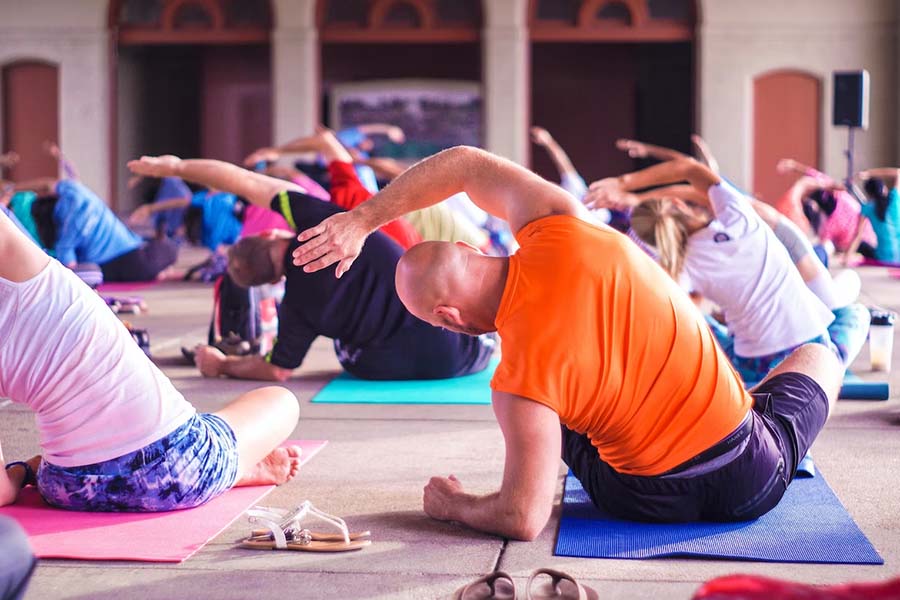
Avoiding Injuries
Practicing yoga safely involves being conscious of one's body, knowing its limits, and focusing on proper alignment. Injuries can result from pushing oneself too hard, especially in styles like Ashtanga and Hatha yoga, which involve body weight and more advanced poses. To avoid injuries:
- Warm up properly before starting a practice
- Listen to your body and avoid pushing it beyond its limits
- Modify poses as needed to accommodate any physical limitations or discomfort
- Take breaks when needed and focus on pranayama (breathing) exercises
Importance of Proper Alignment
Proper alignment is essential in yoga to ensure safe practice and to minimize the risk of injuries. It is crucial to learn and maintain proper alignment in each pose to avoid putting undue stress on joints and muscles. Many yoga studios offer classes with qualified instructors who can guide students through proper alignment techniques. Key tips for proper alignment include:
- Engaging the core muscles to maintain stability
- Paying attention to alignment cues provided by the instructor
- Adjusting poses as needed to ensure proper alignment and comfort
Using Props
Props can be beneficial in a yoga practice to help maintain proper alignment, provide support, and modify poses for different skill levels or physical limitations. Common yoga props include blocks, straps, bolsters, and blankets. Some benefits of using props are:
- They can help deepen the poses and improve flexibility
- They provide support for individuals with physical limitations or injuries
- They can be used to facilitate relaxation in restorative yoga practices
In styles like Hatha and Ashtanga yoga, practitioners may incorporate chants to enhance their practice further. Chanting can help focus the mind, create a calming atmosphere, and connect with the spiritual aspect of yoga. However, it is essential to be respectful of the cultural and spiritual roots of these chants and use them mindfully and with intention.
Selecting the Right Yoga Style for You
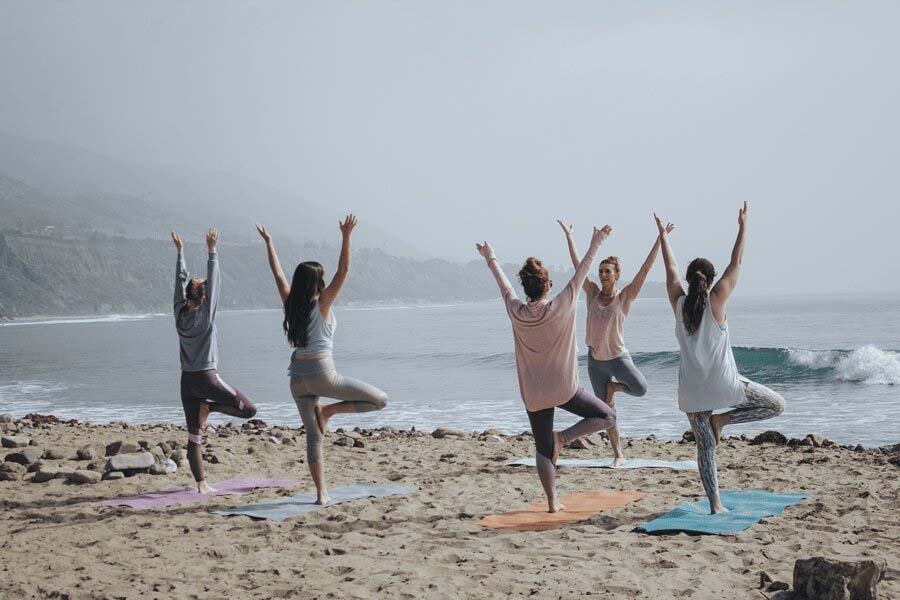
Factors to Consider
When choosing the right yoga style, it's essential to consider several factors, including your physical ability, fitness level, personal goals, and desired outcomes. Some yoga styles offer a more energetic and dynamic practice, such as power yoga, while others focus on relaxation and stress reduction, like restorative yoga.
Another factor to consider is your experience level. Beginners may benefit from starting with a more gentle and foundational practice like Hatha yoga, which covers basic postures and breathing techniques. More experienced practitioners might seek a more dynamic practice like Vinyasa or Ashtanga to improve strength and flexibility.
Lastly, consider your personal preferences and what you enjoy. If you prefer a supportive and nurturing environment, you may enjoy a Yin or Iyengar yoga class, which focuses on alignment and offers more guidance from the instructor.
Yoga for Different Life Stages
Yoga offers benefits for all ages and can be adapted to meet the needs of each life stage. Here are a few suggestions for selecting a yoga style based on your age and needs:
- Children and adolescents: Yoga can help improve concentration, self-awareness, and body awareness in younger individuals. Gentle styles like Hatha or Kundalini yoga can introduce them to the practice in a safe and age-appropriate manner.
- Adults: The wide range of yoga styles ensures that there is something for everyone in this age group. Active adults can try power yoga or Ashtanga for a more challenging workout, while those seeking relaxation may prefer restorative or Yin yoga.
- Pregnant individuals: Prenatal yoga classes are specifically designed to support pregnant people and help them prepare for childbirth. These classes focus on gentle stretching, breathing techniques, and relaxation methods.
- Seniors: As we age, maintaining mobility, strength, and balance becomes increasingly important. Yoga styles like Iyengar and Hatha, with their focus on alignment and use of props, can help seniors maintain and improve their quality of life.
By considering various factors and your life stage, you will be able to choose a yoga style that best suits your needs and supports your overall well-being.
Finding Your Flow: Choosing the Right Yoga Style for Holistic Wellness

In conclusion, the myriad types of yoga - from the serene, flowing movements of Vinyasa to the intense, heated conditions of Bikram - offer innumerable benefits. Whether you seek improved flexibility, stronger mental focus, enhanced mindfulness, or a healthier body, there's a type of yoga that can help you achieve these objectives.
Each style, whether it's Hatha, Ashtanga, Iyengar, Bikram, Hot, Yin, or Kundalini, comes with its unique approach and rewards. As you navigate through your yoga journey, consider experimenting with these different types, discovering the style that harmonizes with your individual needs and lifestyle.
Remember, the goal of yoga isn't about mastering the most challenging poses but connecting with oneself, embracing tranquility, and achieving holistic wellness.
Related Articles

Enjoy a Truly Unique CAMP
Experience With Fellow Travelers
SatoriCamp will match you next vacation with like-minded travelers from around the world.
Find your Camp


